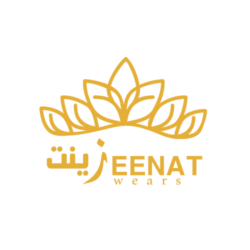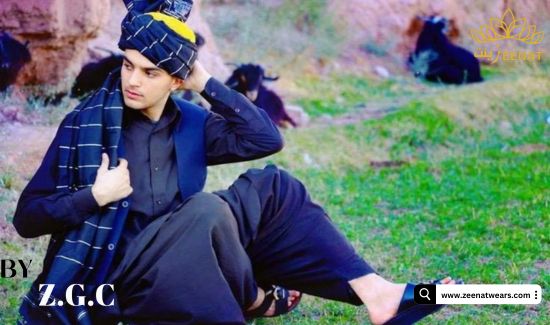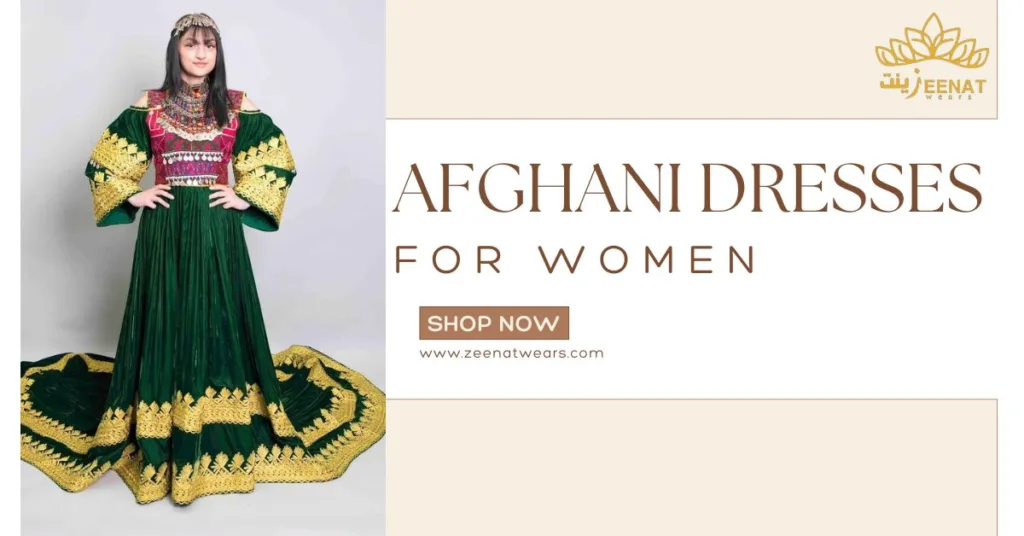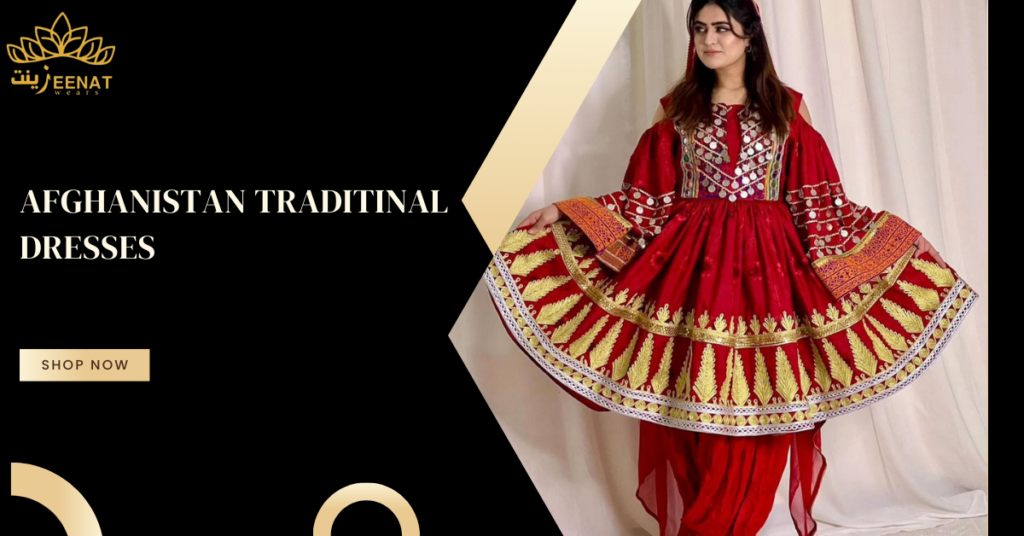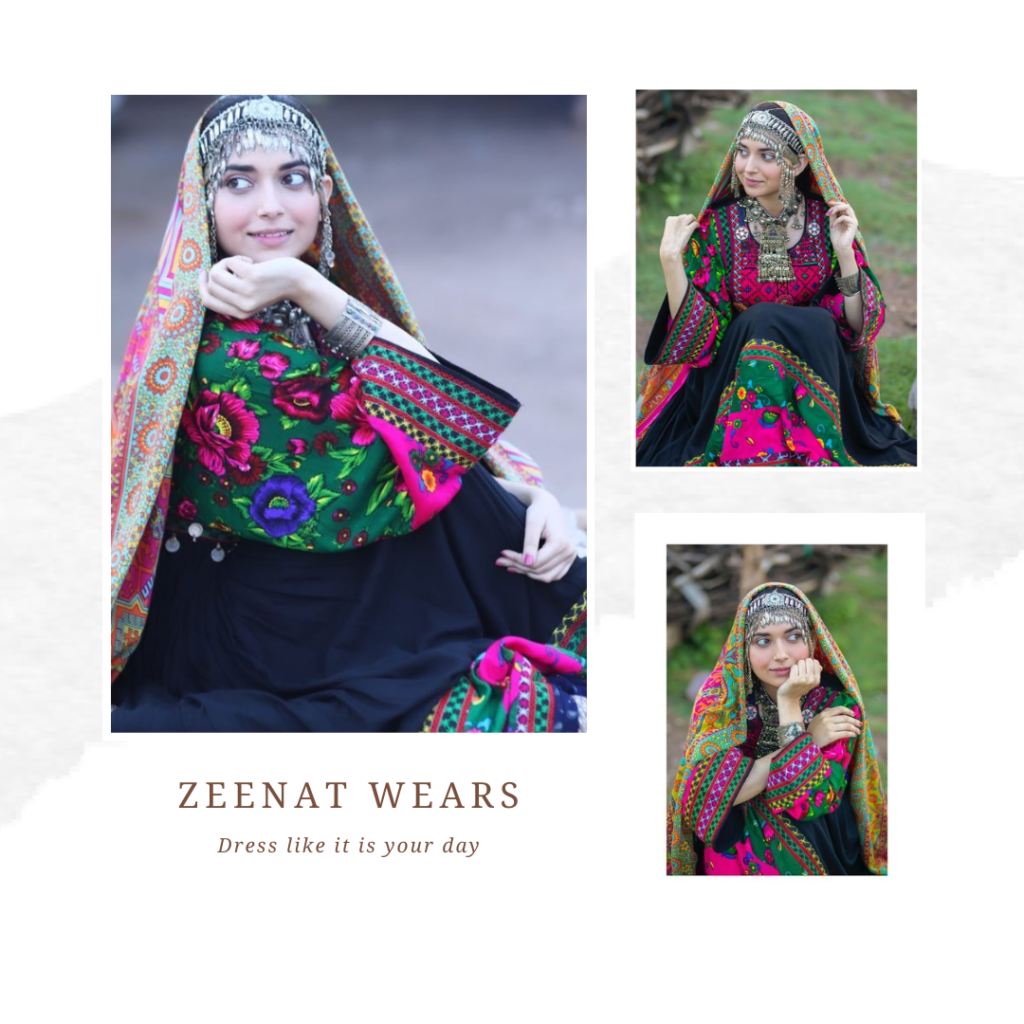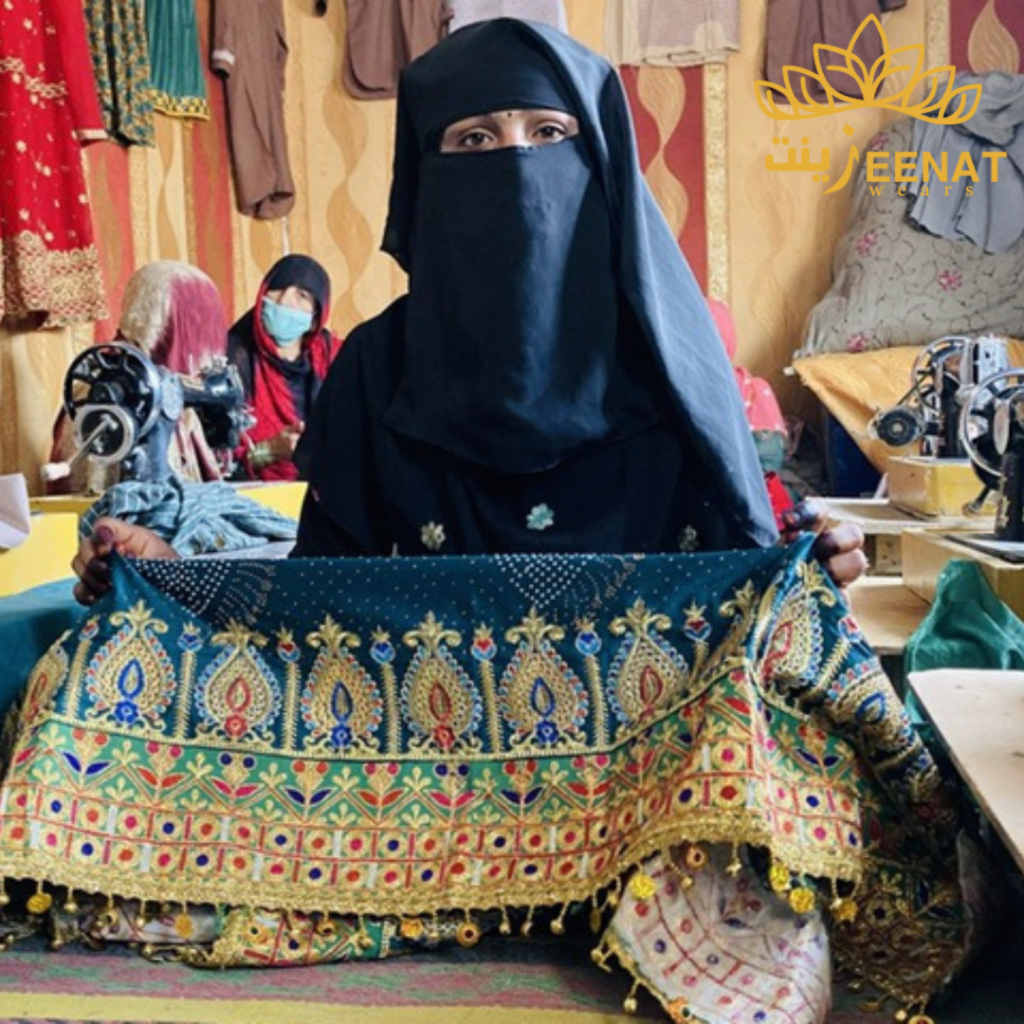Understanding the Traditional Afghani Dress for Men
Afghani dress for man is not just clothing; it is a symbol of rich heritage, cultural pride, and a representation of the country’s diverse traditions. The distinct attire worn by men in Afghanistan reflects centuries of history, social customs, and the unique identity of its people. This article delves into the elements that make Afghani dress for men unique, the variations across different regions, and the significance of this attire in both traditional and modern contexts.
The Essence of Afghani Dress for Man
The traditional Afghani dress for man, known as Perahan Tunban, is deeply rooted in the country’s history and culture. This outfit typically consists of two main components: the Perahan (a knee-length tunic) and the Tunban (loose-fitting trousers). These garments are usually made from lightweight fabrics, which are ideal for the varied climates of Afghanistan, from the arid deserts to the colder mountainous regions. The colors, patterns, and styles of the Perahan Tunban can vary significantly depending on the region. In some areas, the tunic is adorned with intricate embroidery, while in others, it may be plain and simple. The choice of fabric, too, reflects the wearer’s social status, with wealthier individuals opting for finer materials such as silk or cashmere.
Regional Variations in Afghani dress for man
Afghanistan’s diverse landscape and multi-ethnic population contribute to the wide variety of men’s clothing styles across the country. In the north, you might find the Chapan, a long coat made of silk or cotton, which is often worn over the Perahan Tunban. The Chapan is not just a practical garment for keeping warm in the colder climate but also a status symbol, often adorned with rich embroidery. In contrast, men in the southern regions might wear lighter, more breathable clothing due to the hotter climate. Here, the Shalwar Kameez is popular—a similar style to the Perahan Tunban but with looser trousers and a longer tunic. The headgear also varies, with turbans being more common in the south, while caps or Pakol hats are popular in the north.
Cultural Significance of Afghani Men’s Attire
Afghani men’s clothing is more than just fashion; it is a powerful expression of cultural identity and values. The choice of attire often reflects a man’s tribal affiliation, social status, and even his political views. For example, the Pakol hat, once associated with the Mujahideen fighters during the Soviet-Afghan war, has become a symbol of resistance and pride. The intricate embroidery and patterns on these garments often carry deep symbolic meanings. For instance, certain patterns may represent the wearer’s tribal background or region, while others might have religious or spiritual significance. This attention to detail showcases the wearer’s respect for tradition and their pride in their cultural heritage.
Modern Interpretations of Traditional Afghani Dress
While traditional clothing remains an important part of Afghan culture, modern influences have also made their mark. Today, many Afghan dress for man opt for a blend of traditional and contemporary styles. For example, the Perahan Tunban might be paired with a modern jacket or worn in more subdued colors to suit urban settings. Fashion designers in Afghanistan and the diaspora are also playing a crucial role in preserving and modernizing traditional attire. By incorporating modern cuts, fabrics, and styles, they are making traditional Afghani dress more accessible to younger generations and global audiences. This fusion of old and new ensures that the rich heritage of Afghan men’s clothing continues to thrive in a changing world.
The Role of Afghani Dress in Special Occasions
Afghani dress for man is particularly significant during special occasions such as weddings, religious ceremonies, and national holidays. During these events, men often wear their finest attire, complete with elaborate embroidery and accessories. The Perahan Tunban might be complemented with a Karakul hat, a Chapan, or even a decorative waistcoat. Weddings, in particular, are a showcase of traditional fashion. The groom’s attire is often the highlight, with elaborate designs that reflect the cultural significance of the event. The choice of colors, fabrics, and accessories is carefully considered to honor both tradition and the importance of the occasion.
Preserving Afghani Dress for man in a Globalized World
In the face of globalization, there is a growing movement to preserve traditional Afghani dress for man. While Western clothing has become increasingly common, especially in urban areas, many Afghans are keen to maintain their cultural identity through traditional attire. Efforts to promote and preserve traditional clothing are evident in cultural festivals, fashion shows, and through the work of local artisans who continue to produce these garments by hand. Furthermore, the Afghan diaspora plays a crucial role in keeping these traditions alive. Afghan communities around the world often wear traditional clothing during cultural events, showcasing their pride in their heritage and passing these customs on to the next generation.
Conclusion: The Enduring Legacy of Afghani Men’s Clothing
The traditional Afghani dress for man is more than just clothing; it is a testament to the country’s rich cultural heritage, diverse traditions, and the resilience of its people. Whether in a rural village or a bustling city, these garments connect Afghans to their history and their identity. As modern influences continue to shape fashion, the timeless appeal of traditional Afghan attire remains strong, ensuring that these cultural symbols are preserved for future generations.
FAQs
What is the traditional Afghani dress for men?
The traditional Afghani dress for men is known as the Perahan Tunban, which consists of a knee-length tunic (Perahan) and loose-fitting trousers (Tunban)
How does Afghani men’s clothing vary by region?
Regional variations include different styles, fabrics, and accessories, such as the Chapan in the north and the Shalwar Kameez in the south. Headgear also varies, with turbans more common in the south and Pakol hats in the north.
What is the cultural significance of Afghani dress for men?
Afghani dress for men symbolizes cultural identity, social status, and tribal affiliation. The intricate embroidery and patterns often carry symbolic meanings, representing the wearer’s heritage and values
How has modern fashion influenced traditional Afghani clothing?
